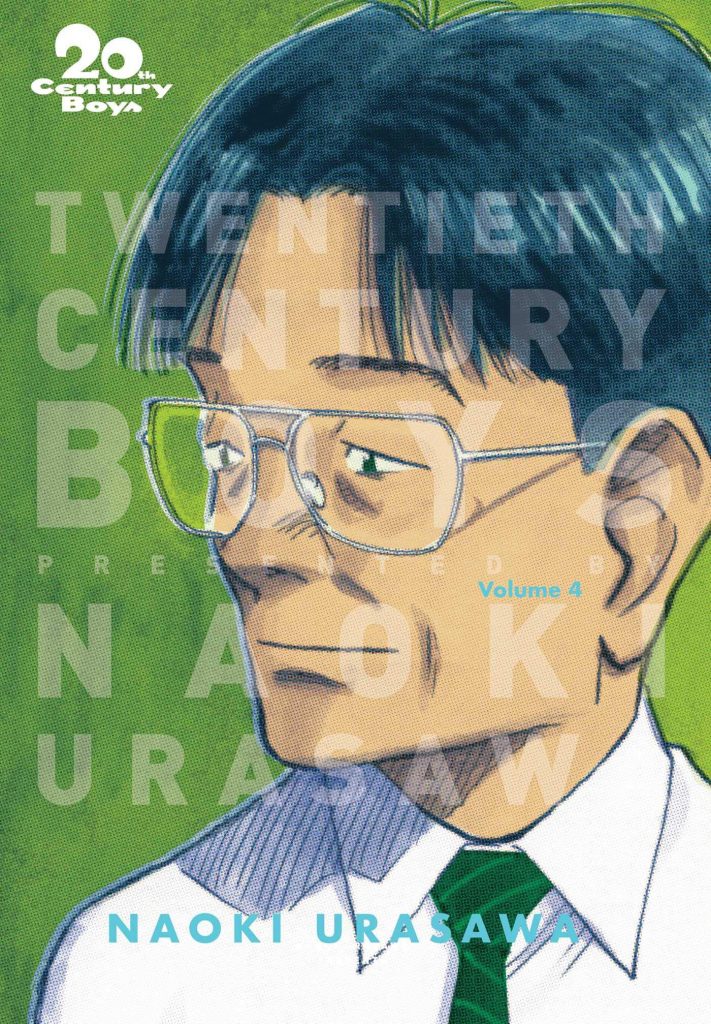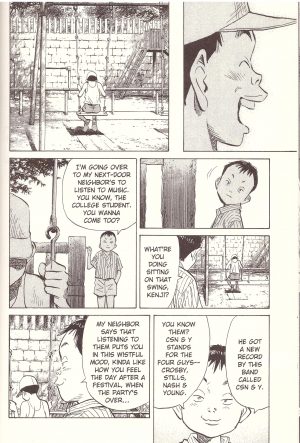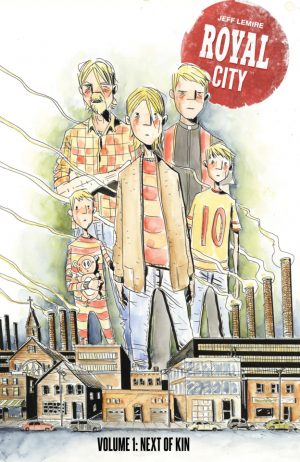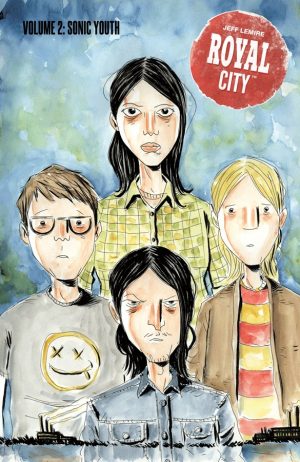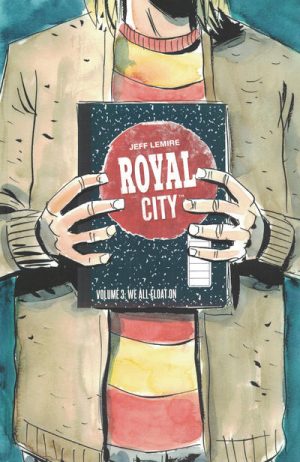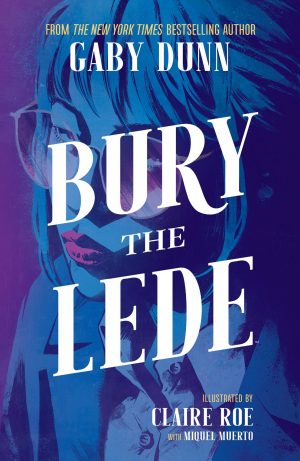Review by Ian Keogh
In some ways reviewing individual volumes of 20th Century Boys is a pointless exercise. Naoki Urasawa set the stall out from the very start, and artistically and in terms of plot, while there are minor quibbles, this is a series of sustained excellence from beginning to end. It’s an ambitious continuing narrative set over three eras, the late 1960s and early 1970s revealed piecemeal, the 1990s once the present day, succeeded by 2014 onwards since Volume 3. In every case Urasawa delivers compelling characters and stories, and by this stage has so many personal plots on the boil he switches between them like shuffling a pack of cards. It’s masterfully done. In every case leaving characters is frustrating, but within pages we’re caught up in what’s happening with their successors.
We learn more about the Japan of 2014, now controlled by a political party run by a man in a distinctive hooded mask known only as Friend. We know Friend as a master manipulator, a man who’s taken a fanciful plan constructed by children and used it as a pathway to power, in the process demonising the few people who’re aware of what he’s done. Friend’s identity is a continuing mystery, although the reveal is only a couple of volumes away.
Kenji’s reputation has taken a considerable hit, and after the prolonged concealment of Volume 3, we now learn much of what happened on New Year’s Eve 1999, including that Kenji knows who Friend is. It’s of no great value, however, as his music may have been kept alive, but Kenji’s not been seen since that night. Urasawa’s built expectations regarding what happened then, and doesn’t disappoint as he rolls out the headrush of desperation that we know in advance is destined to end in failure. Still, hope is a central theme of 20th Century Boys, espoused by Kenji, but it’s most capable avatar is so often Otcho, and his present day circumstances improve.
Further fascinating new characters are introduced, with high school student and major music fan Kyoko Koizumi destined to have the greatest bearing on future events. Like so many of the cast, she follows her own muse, and she’s Urasawa’s way into the ‘holiday’ camps the regime has set up to re-educate the loose screws. She also interacts with the Kenji of 1971 in a smart location that will come to have considerable relevance. There’s a cliffhanger ending, but that’s more to do with chapter breakdowns in the English editions than any special intent. Urasawa knows he has us hooked and doesn’t need cliffhangers to drag us into Volume 5.
In the earlier editions this content was found as 20th Century Boys 07 and 08.
